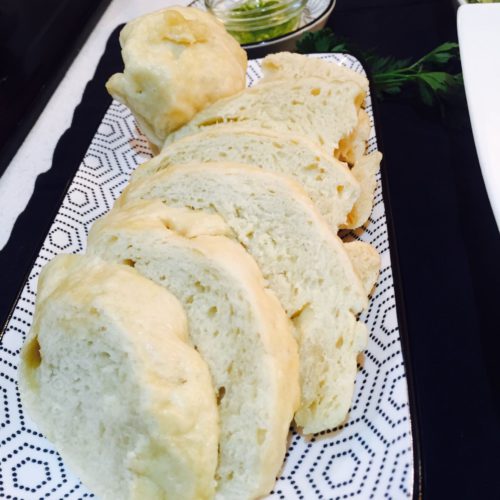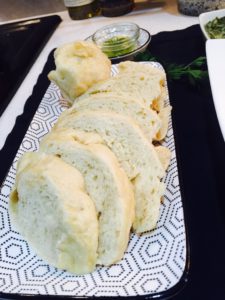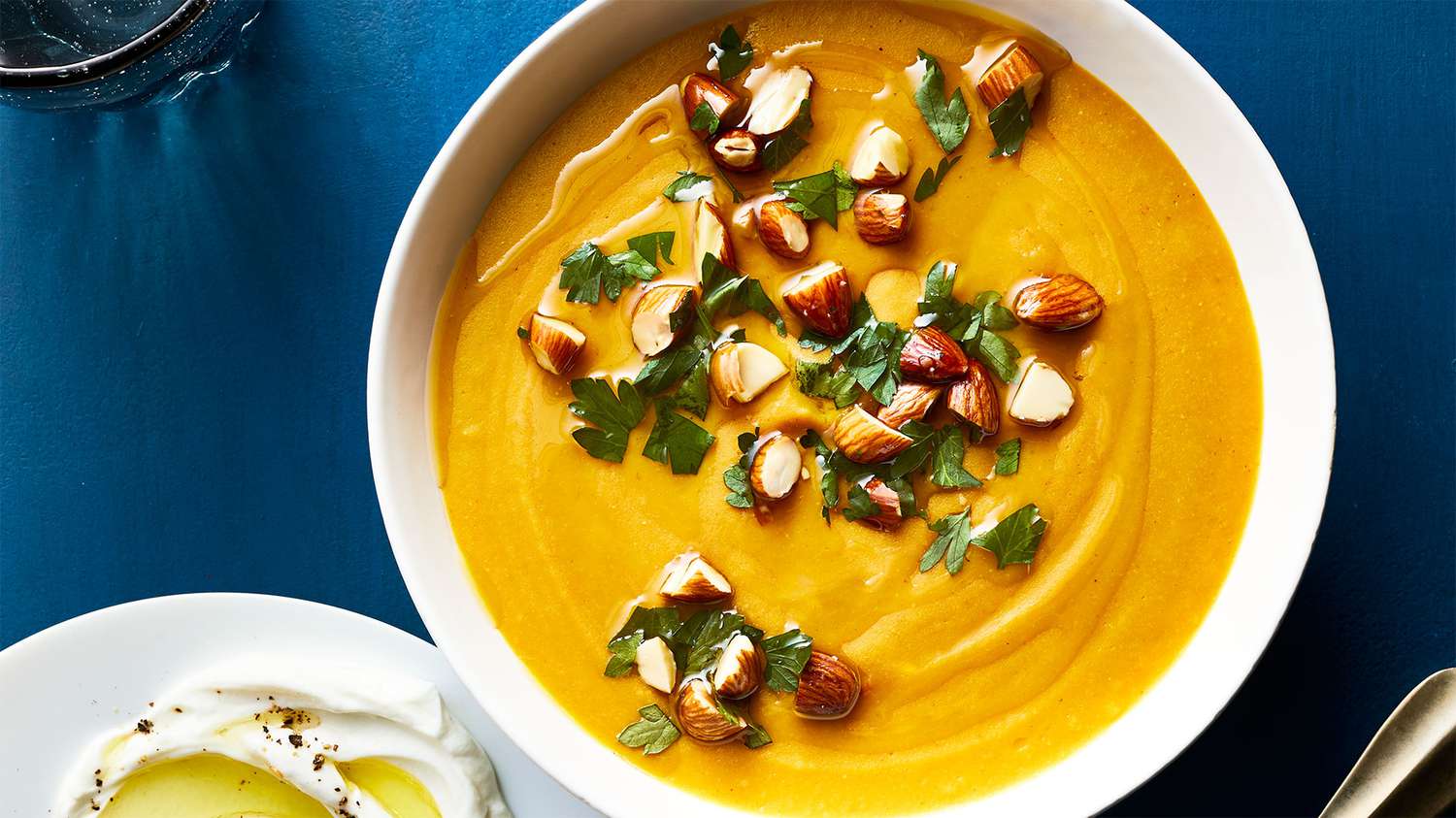Ujeqe, a beloved traditional South African dish, is a soft and fluffy steamed bread that holds a special place in the hearts and palates of many. This delightful bread is commonly enjoyed as a side dish, complementing a variety of stews, curries, and other flavorful dishes. It is known for its light texture and subtle sweetness, making it a perfect accompaniment to savory meals or simply savored on its own.
In this recipe, we’ll guide you through the process of making ujeqe from scratch. With simple ingredients and a bit of patience, you can recreate this delicious staple food in your own kitchen. The dough is prepared by combining all-purpose flour, sugar, yeast, salt, and a touch of melted butter or vegetable oil. The mixture is then kneaded until it becomes smooth and elastic, and the dough is shaped into round balls. These dough balls are then steamed until cooked through, resulting in soft, pillowy ujeqe ready to be enjoyed.
Whether you’re exploring the flavors of South African cuisine or simply seeking a delightful bread to accompany your meals, ujeqe is a fantastic choice. So, let’s dive into the recipe and learn how to make this traditional South African steamed bread that will surely tantalize your taste buds and bring a touch of cultural delight to your table.

How to Cook Ujeqe (Steamed Bread)
Equipment
- mixing bowl
- steamer pot
- plastic wraps
- Wooden spoon
Ingredients
- all purpose flour
- sugar
- instant yeast
- salt
- melted butter
- warm water
Instructions
- In a mixing bowl, combine the all-purpose flour, sugar, instant yeast, and salt. Stir well to evenly distribute the ingredients.
- Pour the melted butter or vegetable oil into the dry ingredients. Mix it in using a wooden spoon or spatula until the butter is well incorporated.
- Gradually add warm water, a little at a time, while mixing the dough. Continue adding water until the dough comes together and forms a soft, slightly sticky consistency.
- Lightly flour a clean surface and transfer the dough onto it. Knead the dough for about 5-7 minutes until it becomes smooth and elastic.
- Divide the dough into smaller portions and shape them into round balls. Place the dough balls on a floured surface, leaving some space between them.
- Prepare your steamer pot or a large pot with a steaming insert. Bring water to a boil in the pot. Once the water is boiling, carefully place the dough balls into the steaming insert. Cover the pot with a lid.
- Steam the ujeqe for approximately 45-50 minutes, or until they are cooked through and firm to the touch. Avoid lifting the lid during the cooking process to prevent steam from escaping.
- Once cooked, remove the ujeqe from the steamer and let them cool slightly. Wrap them in plastic wrap or cover with a clean kitchen towel to keep them soft and warm.
- Serve the ujeqe warm with your favorite stew, curry, or as a standalone bread. They are delicious when dipped into flavorful sauces or enjoyed with butter or jam.




